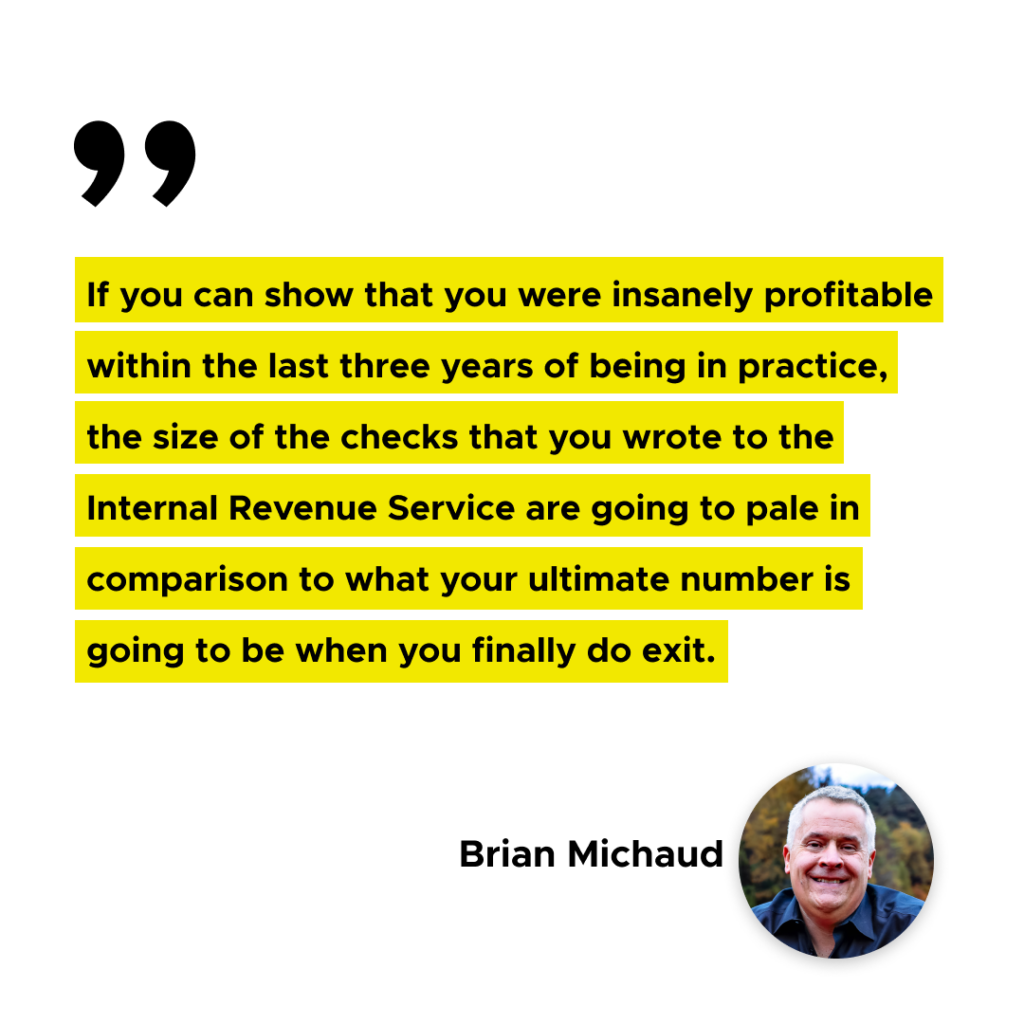
For business owners and leaders, preparing for retirement involves more than just stepping away from daily operations. Creating a robust financial foundation is essential for ensuring a comfortable and stress-free retirement. This involves careful planning, diversification of assets, and strategic management of resources. Here’s a deeper look into the key components of building a solid financial foundation for retirement.
Key Components of a Robust Financial Foundation
- Diversify Investments
- Maximize Retirement Accounts
- Establish Multiple Income Streams
- Create an Emergency Fund
- Manage Debt Effectively
- Implement Comprehensive Insurance Coverage
- Plan for Healthcare Costs
- Develop a Comprehensive Estate Plan
- Consider Tax Implications
- Regularly Review and Adjust Your Financial Plan
1. Diversify Investments
Mitigating Risk and Ensuring Growth
Diversification is crucial for balancing risk and ensuring steady growth in your retirement portfolio:
- Asset Allocation: Spread your investments across various asset classes such as stocks, bonds, real estate, and cash. This balance helps to mitigate risk and capitalize on growth opportunities.
- Rebalancing Portfolio: Regularly review and rebalance your investment portfolio to maintain your desired asset allocation and adapt to market changes.
- Alternative Investments: Consider alternative investments such as commodities, private equity, or venture capital for further diversification and potential higher returns.
2. Maximize Retirement Accounts
Utilizing Tax-Advantaged Savings
Maximizing contributions to retirement accounts can significantly boost your retirement savings:
- 401(k) and IRAs: Take full advantage of tax-advantaged accounts like 401(k)s, traditional IRAs, and Roth IRAs. Ensure you contribute up to the maximum limit each year.
- Employer Matching: If your employer offers matching contributions, make sure you contribute enough to receive the full match. This is essentially free money for your retirement.
- SEP-IRA and Solo 401(k): For business owners, these accounts offer higher contribution limits and significant tax benefits.
3. Establish Multiple Income Streams
Building a Resilient Financial Framework
Developing multiple income streams provides financial security and resilience:
- Rental Properties: Investing in real estate can generate a steady stream of rental income, providing financial stability.
- Dividends and Interest: Invest in dividend-paying stocks and interest-bearing accounts to create passive income.
- Annuities: Consider annuities that offer guaranteed income for life or a specified period, providing predictable cash flow.
- Part-Time Work or Consulting: Engaging in part-time work or consulting can offer additional income and keep you professionally active.
4. Create an Emergency Fund
Preparing for the Unexpected
An emergency fund is essential for covering unexpected expenses without disrupting your retirement plan:
- Savings Goal: Aim to save at least six months’ worth of living expenses in a liquid, easily accessible account.
- Regular Contributions: Make regular contributions to your emergency fund, even in retirement, to ensure it remains adequately funded.
- Low-Risk Investments: Keep your emergency fund in low-risk, easily liquidated investments such as savings accounts or money market funds.
5. Manage Debt Effectively
Reducing Financial Burdens
Managing and reducing debt is crucial for financial stability in retirement:
- Pay Off High-Interest Debt: Prioritize paying off high-interest debt, such as credit cards and personal loans, to reduce financial stress.
- Mortgage Considerations: Consider paying off your mortgage before retirement to eliminate a significant monthly expense.
- Avoid New Debt: Minimize taking on new debt in retirement, focusing on living within your means.
6. Implement Comprehensive Insurance Coverage
Protecting Against Risks
Adequate insurance coverage is essential for protecting your financial foundation:
- Health Insurance: Ensure you have comprehensive health insurance coverage to manage medical expenses.
- Long-Term Care Insurance: Consider long-term care insurance to cover potential future healthcare needs and protect your assets.
- Life Insurance: Maintain sufficient life insurance coverage to provide for your family and business in the event of your passing.
7. Plan for Healthcare Costs
Addressing Future Medical Needs
Healthcare costs can be a significant expense in retirement:
- Medicare Planning: Understand your Medicare options and choose the plan that best suits your needs.
- Health Savings Account (HSA): If eligible, contribute to an HSA to save for medical expenses tax-free.
- Supplemental Insurance: Consider supplemental insurance plans, such as Medigap, to cover out-of-pocket expenses not covered by Medicare.
8. Develop a Comprehensive Estate Plan
Ensuring Your Legacy
An estate plan ensures your assets are managed and distributed according to your wishes:
- Wills and Trusts: Create a will and consider setting up trusts to manage and distribute your assets. Trusts can also help reduce estate taxes and avoid probate.
- Power of Attorney: Designate a power of attorney to make financial and healthcare decisions on your behalf if you become incapacitated.
- Regular Updates: Regularly review and update your estate plan to reflect changes in your financial situation and family circumstances.
9. Consider Tax Implications
Minimizing Tax Liabilities
Effective tax planning can help you retain more of your retirement savings:
- Tax-Deferred Accounts: Utilize tax-deferred accounts to delay tax liabilities until retirement when you may be in a lower tax bracket.
- Capital Gains Planning: Plan the timing of asset sales to minimize capital gains taxes. Consider holding assets for more than a year to benefit from long-term capital gains rates.
- Charitable Giving: Explore charitable giving strategies, such as donating appreciated assets or setting up a charitable remainder trust, to reduce taxable income.
10. Regularly Review and Adjust Your Financial Plan
Staying on Track with Your Goals
Regularly reviewing and adjusting your financial plan is crucial to staying on track with your retirement goals:
- Annual Reviews: Conduct annual reviews of your financial plan to assess progress and make necessary adjustments.
- Market Changes: Adapt your strategy based on market conditions and economic changes.
- Life Changes: Update your plan to reflect significant life events such as marriage, divorce, the birth of a child, or changes in health.
Building a Secure Financial Future
Building a robust financial foundation for retirement is a comprehensive process that requires careful planning, diversification, and ongoing management. By following these strategies, business owners and leaders can create a secure financial future and enjoy a comfortable retirement. Embrace this proactive approach to financial planning, knowing that it will provide the stability and security needed to fully enjoy your retirement years.

